Portuguese Tridente-class attack submarine NRP Arpão has returned home after a historic 70-day deployment under NATO’s Operation Brilliant Shield.
This mission marked the first time a Portuguese submarine has navigated below Arctic ice, demonstrating Portugal’s growing naval capabilities and commitment to Euro-Atlantic defence, according to a NATO press release.
NRP Arpão, a conventional submarine, conducted surveillance, patrol, and reconnaissance missions, monitoring non-NATO military platforms in the region.
The mission was supported by the Allied navies of Canada, Denmark, and the United States.
Upon returning to Alfeite, Lisbon, Arpão was welcomed by Portuguese Defence Minister Dr Nuno Melo, Chief of the Portuguese Navy Admiral Gouveia e Melo, and Commander of NATO Submarines, Rear Admiral Thomas Wall.
Commander Taveira Pinto, who led the mission, expressed his pride in the submarine’s achievements, stating, “We have successfully achieved our objectives of surveillance and patrol in the North Atlantic, demonstrating the capabilities of this type of conventional submarine in Arctic conditions. Our ability to operate across the entire spectrum of the Atlantic is a testament to our commitment to supporting the operations of the Atlantic Alliance.”
NATO’s submarine fleet plays a critical role in maintaining the Alliance’s strategic and tactical advantage, the press release noted. NATO member states regularly conduct joint exercises and training missions to enhance interoperability and cohesion. Exercises such as Dynamic Mongoose and Dynamic Manta hone submarine capabilities, while Dynamic Monarch focuses on the complex task of locating and rescuing distressed submarines.
The technological sophistication of NATO’s submarines is a key strength. Submarines from the United States, United Kingdom, France, and Germany lead in advanced stealth capabilities, making them nearly undetectable to enemy forces. Many NATO submarines, such as the US Navy’s Virginia Class, France’s Suffren Class, and the Royal Navy’s Astute Class, feature nuclear propulsion, allowing them to operate underwater for extended periods.
In addition to their combat capabilities, NATO’s submarines are essential for strategic deterrence. Submarine-based nuclear deterrence from the United States’ Ohio Class, France’s Le Triomphant Class, and the United Kingdom’s Vanguard Class submarines forms a crucial part of the Alliance’s nuclear triad.
The image above, from the NATO release showing other submarines encountered on the patrol, is not of the same type or nationality of the vessel named above, we have tried to change it and it will be updated when the system refreshes.
We aim to deliver accurate and timely news on defence matters at the UK Defence Journal. We rely on the support of readers like you to maintain our independence and high-quality journalism. Please consider making a one-off donation to help us continue our work. Click here to donate. Thank you for your support!


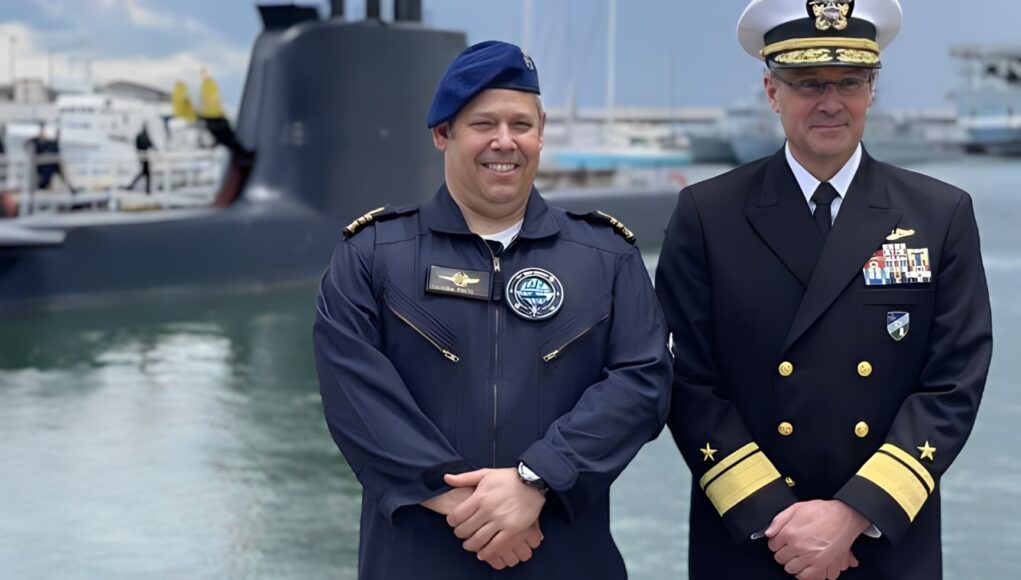
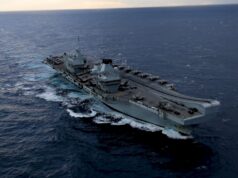
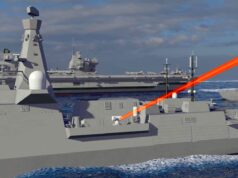
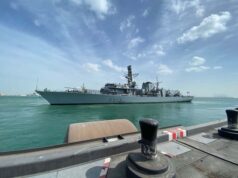
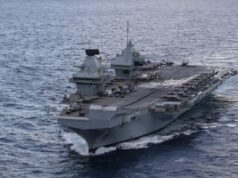

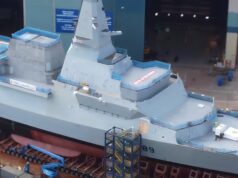
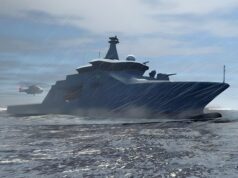
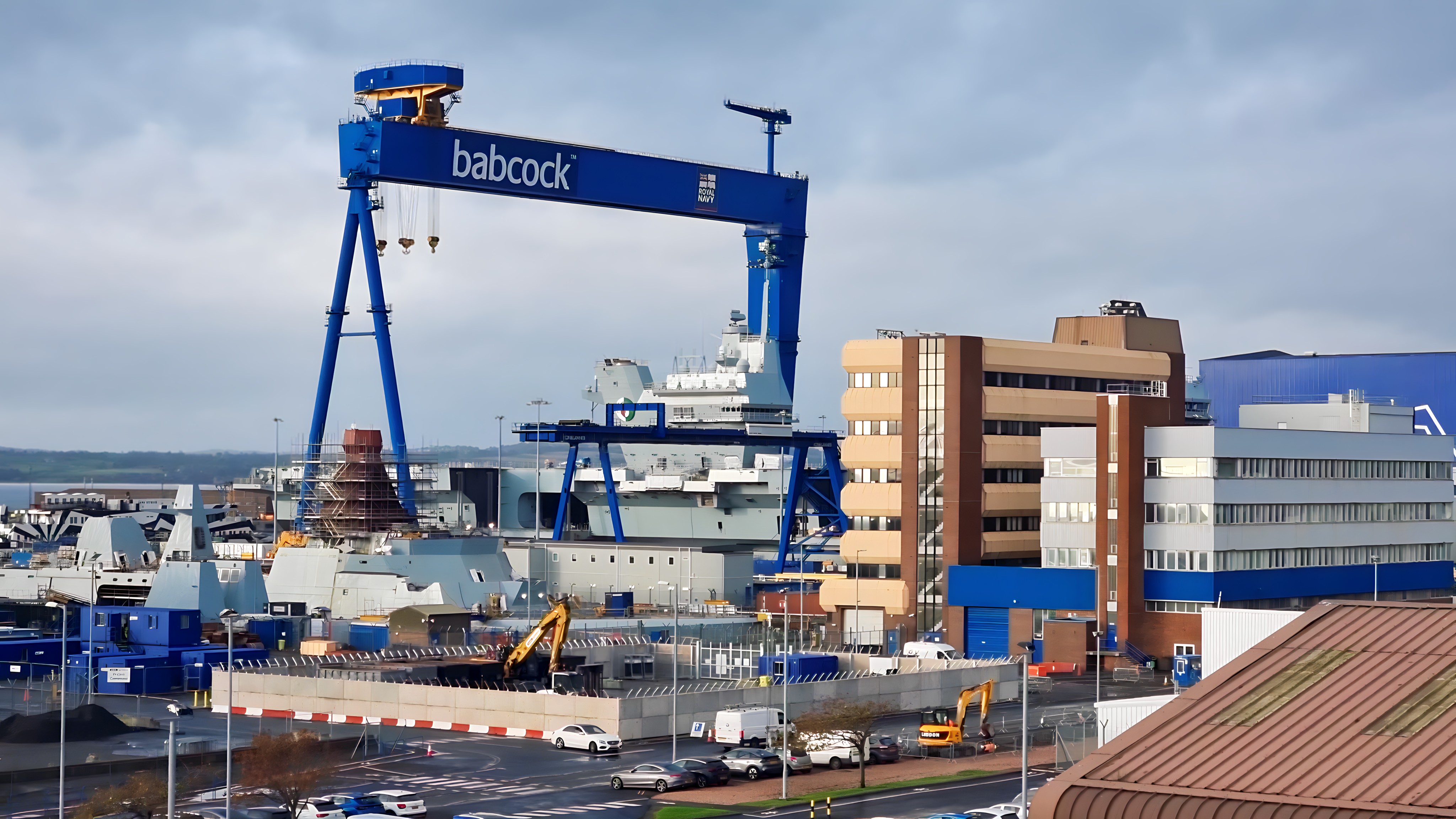

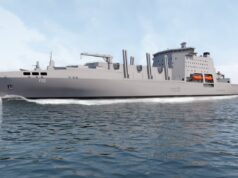

George You may want to ask Santa for a copy of Jane’s 🎅🏻
That is a photo of a Russian Kilo class submarine.
That isn’t anything like the Portuguese boat 🥴
Ouch!😂
Deep,
To paraphrase what you have stated on another thread recently: Under ice ops by SSKs may be technically impressive, but add an inherent element of additional risk over equivalent ops by SSNs. Correct?
Absolutely mate, it’s a risky dangerous place to operate for any type. There is little to be gained by putting an SSK under there, but very much more to potentially lose.
Thanks for the confirmation. 😊👍
Please do read to the end.
Whoops my sincere apologies 😞 On the other hand what’s not to like about a copy of Jane’s for Xmas, very handy in your job. And when out of date makes a great door stop or whacking smart arses like me with it ! Again Sorry.
Bigger ouch, I never read to the end either mate!!! 😣
Sometimes, we collectively attempt to spike the volley ball, and it ends right in the net. 😁👍
😆